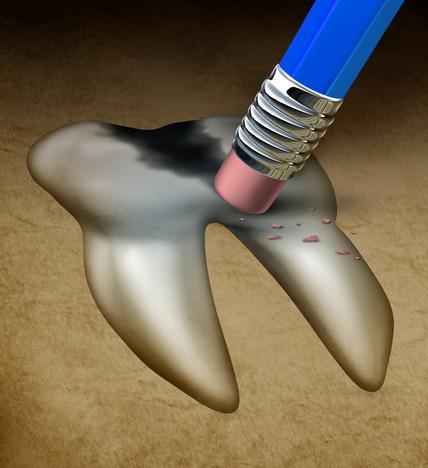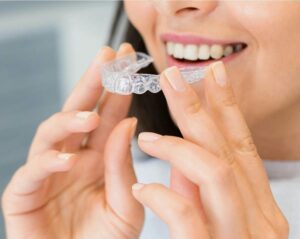The results of a seven-year study on cavity treatment methods were just published by the University of Sydney in Australia. Headlines such as the following are now flooding the internet as different media outlets report the findings of the study:
�Goodbye to dental fillings? �No-drill� techniques can treat tooth decay just as well, study finds� � Washington Post
The Study
According to the study, 1000 patients at 22 different dental practices in Australia were followed and divided into two groups. The first group received traditional cavity treatment involving �drilling and filling.� The second had their cavities treated through high-concentration fluoride rinses, reduction of dietary sugar, improved daily hygiene, etc. The researchers found that those in the second group experienced a 30-50% reduction of cavity incidence. For those in the second group who traditionally had cavities at each dental checkup, the reduction was closer to 80% less cavities.
Lead researcher Wendell Evans concluded that a lot of the decay seen in dental offices can be prevented, stopped, or even reversed through non-invasive techniques. He said “It’s unnecessary for patients to have fillings because they’re not required in many cases of dental decay.” His team advocates that a major shift is needed in how dentists treat decay and he suggests that most decay can be left alone in favor of less-invasive cavity reduction techniques.
My View
While some good things do come out of this study, I have some major problems with the conclusions that Evans and his colleagues have drawn from the results.
- Prevention is very important: Evans and I agree that good preventive practices are a big deal. Many studies like this one have shown decreased cavity rates through fluoride use, improved hygiene, and minimizing dietary sugar. There is little room for doubt that these things lead to a drastically reduced cavity rate. Time and time again, the old adage �an ounce of prevention is worth a pound of cure� has proven to be true in dentistry.
- Cavities aren�t the same as incipient decay: Evans and the other authors of the study don�t do enough to emphasize the difference between a tooth that is just barely starting to experience the first phase of decay and a tooth that has a hole in it (in other words, a cavity). The first phase of cavity problems is called the incipient phase. The enamel of teeth with incipient decay start to demineralize, or dissolve, which creates a soft, vulnerable spot that can progress to a full-blown cavity. During this incipient phase, proper hygiene and fluoride are especially important and can help a tooth remineralize, or become hard and strong again. In other words, if a cavity is just starting in a tooth, it can be repaired. In our Orem, Utah dental office, we mark teeth like these as �watches� in our patient charts. If we can help a patient have stronger teeth without drilling, we are all about going that route.
- Leaving decay is dangerous: Evans et al. make the following logical conclusion:
Individuals who have good preventive habits have 30-50% less cavities.
Therefore, decay must have repaired itself in these individuals.
This is quite a logical jump. In my opinion, this is the weakest part of the entire study. Individuals who diligently practice prevention do not have less cavities because the decay is repairing itself. They have less cavities because they are preventing them from forming in the first place! While decay in the incipient phase can be �watched� and monitored for changes, leaving a full blown cavity untreated in the hopes that it will get better is quite a gamble. My clinical observations mirror what dentists have reported for the last 100 years; decay is a bacterial disease that can, at times, progress quite rapidly. In most cases, a cavity left untreated will become larger and treatment fix such becomes more invasive and expensive over time. Get your cavity filled; don�t let it become a tooth that needs a root canal!
- If it sounds too good to be true . . . it probably is too good to be true. As enticing as it sounds to skip your dental visit and let your cavities be healed by fluoride application and good flossing habits, that is simply not how oral health�or life in general�works. Start flossing and using fluoride before cavities have a chance to form and you�ll be in much better shape.
�
-Nicolas K. Young, DMD








